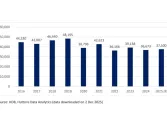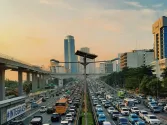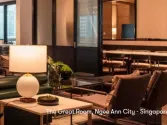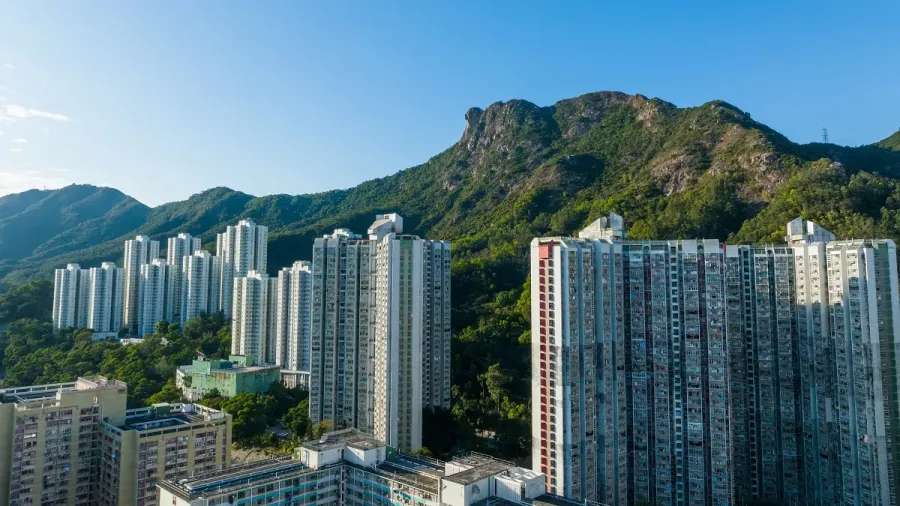
JLL warns of capital loss risk for ageing Hong Kong offices
The report warned that approximately one-fifth of these buildings may become functionally obsolete by 2035.
Nearly 44% of Hong Kong’s Grade A office buildings are over 30 years old—a figure projected to rise to 55.1% by 2030.
According to a new report by global real estate services firm JLL, this ageing stock faces a sharp decline in value, with poorly maintained properties at risk of losing up to 20% in capital value by 2026.
The report warned that approximately one-fifth of these buildings may become functionally obsolete by 2035.
JLL highlighted a growing "flight to quality" trend, where tenants are increasingly choosing newer, flexible office spaces that support hybrid work, sustainability goals, and employee well-being.
In 2024, buildings under five years old recorded more than 1 million square feet in net absorption, whilst those over 30 years old experienced a net negative absorption of 44,000 square feet.
As vacancy rates between old and new buildings converge, and rental gaps narrow to just $2.9 per square foot, competition for tenants is expected to intensify.
With 8.3 million square feet of new Grade A office supply expected over the next five years, JLL advised landlords to proactively enhance aging assets or risk being left behind. The report outlines two key strategies: light retrofits and deep retrofits.
Light retrofits, such as improvements to lighting, air conditioning, and building management systems, can cut energy costs by 16.8%, deliver average annual net operating income (NOI) gains of $20m, and mitigate value erosion to 5.3%. These upgrades typically offer a payback period of under one year.
For properties facing more severe ageing issues, deep retrofits are recommended. These involve comprehensive upgrades including façade redesign, ESG certification, and full refurbishment of common areas and infrastructure.
Over a 10-year period, such projects can deliver a 4.6% rental premium, reduce average vacancy by 9 percentage points, and increase annual NOI by $33m compared to a base-case scenario.
JLL emphasised that enhancing energy efficiency is one of the most cost-effective and impactful upgrades. Illustrative case studies show that a $745,000 investment in efficiency measures can save $435,000 annually, with a payback period of just 1.7 years.
At Hing Wai Building in Central, a $24m investment in a 3D LED video wall generated $26m in advertising revenue annually, equivalent to revenue from over 10 office floors.
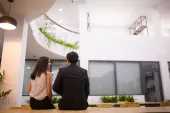
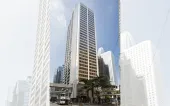
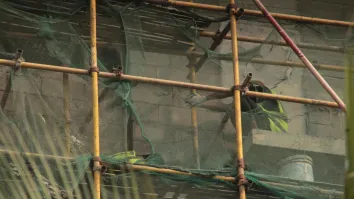
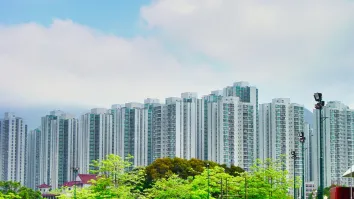
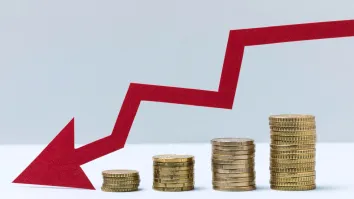
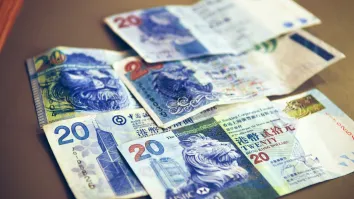

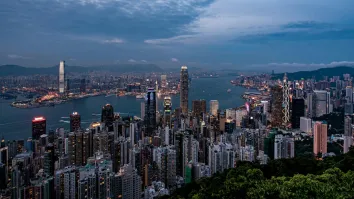



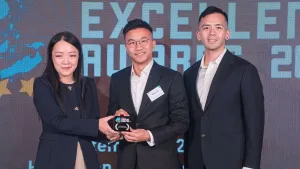


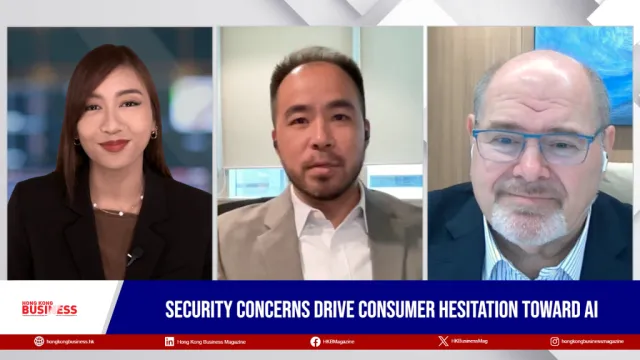
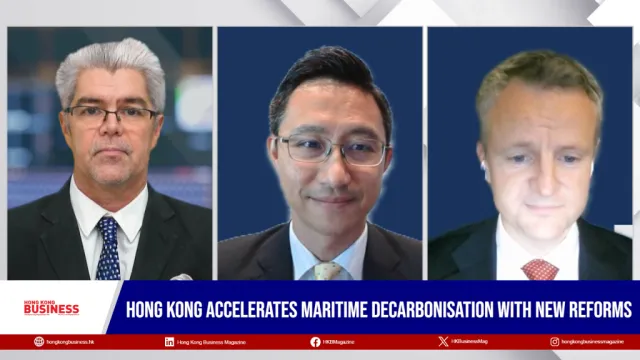
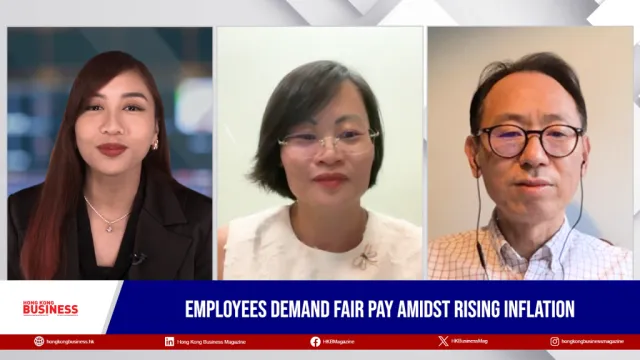

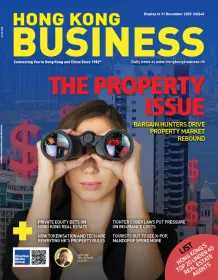
 Advertise
Advertise
